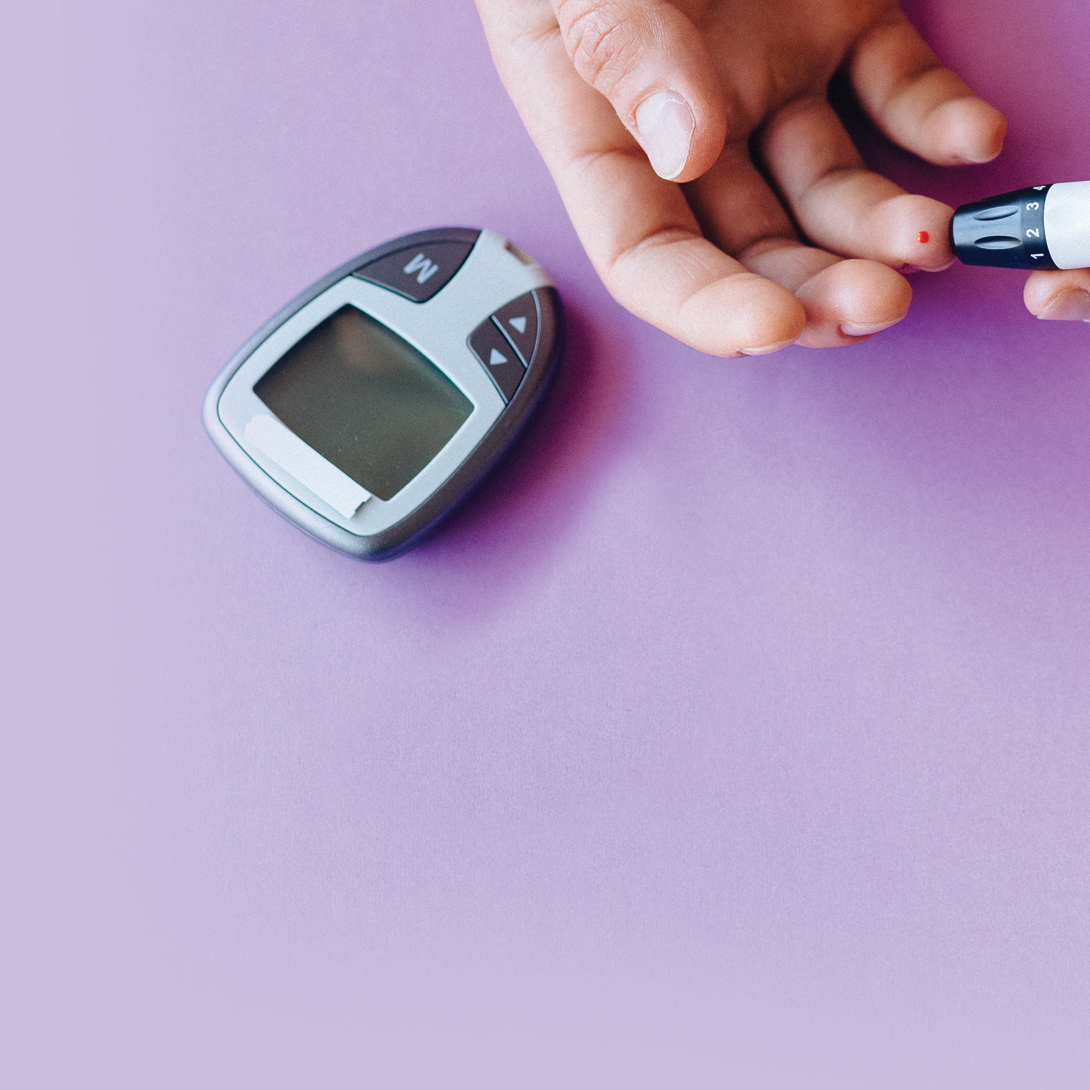With increasing research into diabetes technology, there are now more options than ever for devices to support you in managing your diabetes
Whether it’s a flash glucose monitor, continuous glucose monitor or an insulin pump, the options can be a bit overwhelming.
Our diabetes educators have summarised the options available to help you to simplify diabetes technology and work out which might be the best option for you.
Diabetes technology is not necessary for everyone, it is simply another option in your diabetes management toolkit.
For individualised information and support speak to your diabetes health care team or contact the Diabetes SA support line on 1300 198 204.
Continuous Glucose Monitoring
In people with type 1 diabetes, the body produces little or no insulin.
A continuous glucose monitor (CGM) is a small wearable device that measures glucose levels continuously throughout the day and night.
A CGM consists of three main components:
- A sensor that sits just under the skin and measures glucose in the interstitial fluid. It’s typically worn on the arm or abdomen, with new sensors needed every 7–15 days depending on the device.
- A transmitter that connects to the sensor and wirelessly sends glucose data to a receiver, insulin pump, or smartphone. Transmitters are usually replaced every 3–12 months.
- Receiver: The receiver allows you to see your glucose data. It can be a separate device or integrated with a compatible insulin pump or smartphone.
Because the glucose data is wirelessly sent to your receiver, it can be programmed to sound alarms when glucose levels are outside your target range or changing rapidly. It also displays a trend arrow to indicate if your glucose levels are rising, falling, or stable.
Most CGM devices still require some finger pricks for calibration or confirming sensor readings. However, they reduce the number of daily checks. Frequent glucose readings and trend data help inform treatment decisions and improve glucose control — though some users find the data overwhelming, leading to alarm fatigue or information overload.
CGM devices can be expensive. They are subsidised under the NDSS for eligible registrants or available for private purchase. If not subsidised, the cost may reach up to $5,000 annually. CGM is usually not covered by private health insurance.
Speak with your health care team about the pros and cons of CGM and whether it suits your needs. You can also contact the Diabetes SA support line on 1300 198 204 for more information.
Insulin pumps
Insulin pumps are small battery-operated devices that hold a reservoir of insulin. They are worn 24 hours a day.
Insulin pumps are mainly used for people with type 1 diabetes.
The pump delivers small, continuous amounts of insulin through thin plastic tubing called an infusion set. The infusion set includes a flexible cannula inserted just under the skin and typically remains in place for 2–3 days.
The pump also delivers insulin to cover rises in blood glucose due to food intake. It calculates the insulin dose based on carbohydrate intake, mimicking pancreas function in people without diabetes.
A range of insulin pumps is available in Australia. Consult your diabetes health care team to determine the best option for you.
Insulin pumps are not suitable for everyone. If you’re considering one, discuss it with your doctor or Credentialled Diabetes Educator.
Some levels of private health insurance may cover insulin pumps. Check with your insurer for details.
The NDSS subsidises insulin pump consumables for eligible registrants. Visit the NDSS website for more information.


